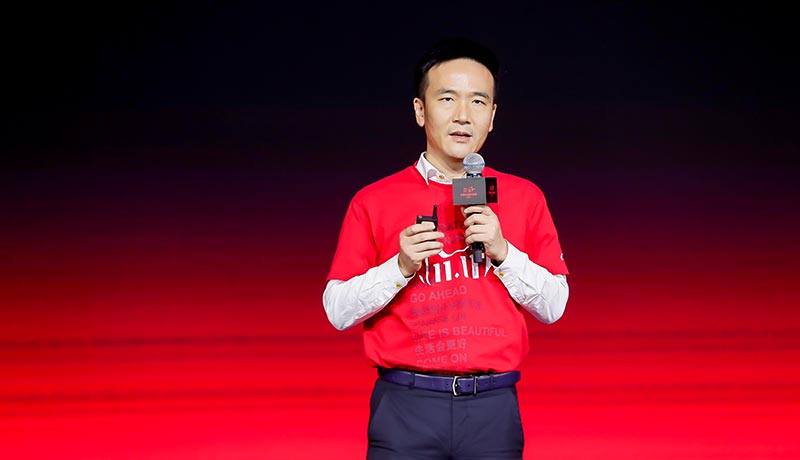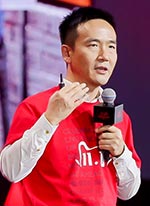
Alibaba Cloud, the digital technology and intellectual backbone of Alibaba Group, revealed the cutting-edge technologies rolled out in support of the 2020 11.11 Global Shopping Festival.
This year’s 11.11, which generated RMB498.2 billion (US$74.1 billion) in GMV over an 11-day period, was made possible by Alibaba Cloud infrastructure upgrades. Right after midnight on November 11, for example, just 26 seconds after shopping began, peak orders hit 583,000 per second – 1,400 times peak volume at the festival’s debut 12 years ago on November 11 2009.

“We were very proud to support 800 million consumers and 250,000 brands during the world’s largest shopping festival,” said Li CHENG, Chief Technology Officer of Alibaba Group. “From the robust digital infrastructure supporting zero downtime operation, to cloud-native offerings for developers’ efficiencies and consumer-facing applications for creating some of smoothest engagement experiences, Alibaba’s technologies have once again passed the toughest tests with flying colors.”
Alibaba’s real-time computing platform, powered by Apache Flink, processed data streams totaling 4 billion items per second during peak time, a considerable surge from 2.5 billion last year. MaxCompute, Alibaba’s proprietary data warehousing platform, handled up to 1.7 exabytes (an exabyte is equal to 1 billion gigabytes) of data a day during the 11-day festival from November 1 to 11, equivalent to processing 230 high-res photos of each of the 7 billion people in the world. Despite the extreme scalability and high performance required, no downtime was reported throughout this year’s extended festival period.
Leveraging cloud-native databases, including PolarDB, AnalyticDB, and Lindorm, Alibaba Cloud-enabled 11.11 to run smoothly even during peak periods. PolarDB set a new record with 140 million queries per second during peak time at 11.11, a 60% increase from last year. AnalyticDB, Alibaba Cloud’s self-developed cloud-native data warehouse, processed up to 7.7 trillion lines of real-time data, equaling 15 times the data contained in the UK Web Archive at the British Library. In addition, PolarDB-X and AnalyticDB helped China Post to deal with more than 100 million orders during 11.11, with about 100,000 China Post users checking their parcels’ real-time status online.
Below are more highlights from this year’s technologies and innovations:
In addition to the benefits generated by the company’s proprietary solutions such as MaxCompute, PolarDB, AnalyticDB mentioned above, Alibaba Cloud also supported one of the world’s largest container clusters, enabling the upscaling to one million containers in an hour. The optimal elasticity and scheduling capacity enabled by the cutting-edge cloud-native technologies led to an 80% reduction of computing resources for every 10,000 transactions conducted compared to four years ago.
Alibaba used state-of-the-art green technologies – including liquid cooling and wind energy – at its five hyper-scale data centers to ensure the most environmentally-friendly operation during 11.11. For instance, the hyperscale data center in Hangzhou has one of the world’s largest server clusters submerged in a specialised liquid coolant, which quickly chills the IT hardware. This reduces energy consumption by over 70%, whileits Power Usage Effectiveness (PUE) approaches the ideal target of 1.0. Compared to traditional data centers, the Hangzhou hyperscale data center can save up to 70 million kilowatt hours of electricity per year, which is sufficient to power over 16,000 households in the United Kingdom in a year.
Last year’s festival saw Alibaba Group confidently migrate 100% of its core systems onto Alibaba Cloud, the world’s third-largest cloud service provider. The global technology leader continued to push and challenge the technological limits with its cloud-native innovation, which has yielded double the efficiency of scalable application delivery.